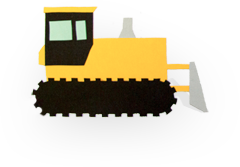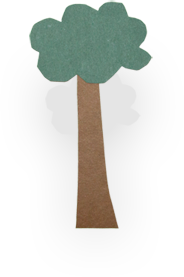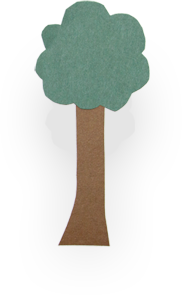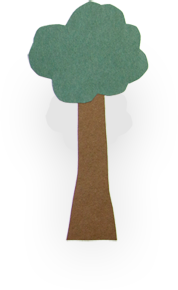













Humans consume oxygen and emit carbon dioxide. If you remember your high school science classes, you'll know that photosynthesis is the process by which plants take carbon dioxide from the air and create oxygen. An average tree in its first 55 years of life will absorb roughly 1,500 pounds of carbon dioxide, making it a powerful tool against global warming. But, and here's the crucial part, ultimately that tree will rot or burn and release every ounce of carbon back into the environment. The Canadian government commissioned a report to find out how much carbon their forests remove from the air, in the hope that they would remove enough to meet their Kyoto Protocol mandated responsibility. It turned out that Canada's forests, which account for 10% of the world's forests, actually emit more carbon overall than they take in.
Representative Dana Rohrabacher has recently proposed during a Congressional hearing that "clear-cutting the world’s rain forests might eliminate the production of greenhouse gases responsible for climate change." To which Oliver Phillips, a professor of geography at the University of Leeds in Britain and an expert on terrestrial carbon storage, replies "He’s seriously confused." Currently, the world’s forests absorb far more carbon dioxide than they emit.
So the phrase "cut down the forests" is an intentionally inflammatory remark, and maybe not perfectly apropos. Yes there are some forests that, in terms of carbon emissions, do more harm than good, and cutting down all the forest would also do more harm than good. But the phrase "Prune the forests of the world to remove older, dead, and rotting trees to make way for and plant new carbon-sucking growth" is not quite as catchy.